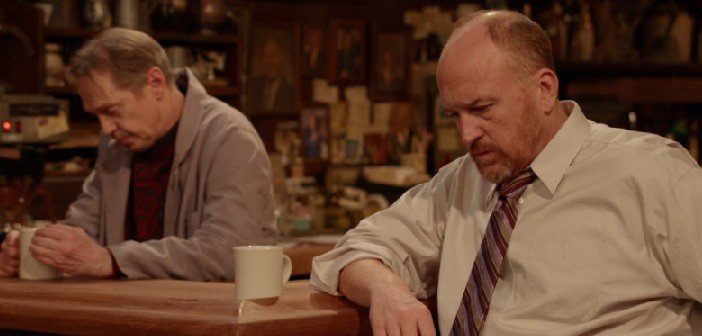Each viewer has his own unique interpretation of a certain film. Inception (2010) is one of those films that offer material for numerous interpretations and explanations, and re-watching brings up only more questions. Here are five important details you probably missed while watching Inception for the first time.
1. The connection between Saito and Mal
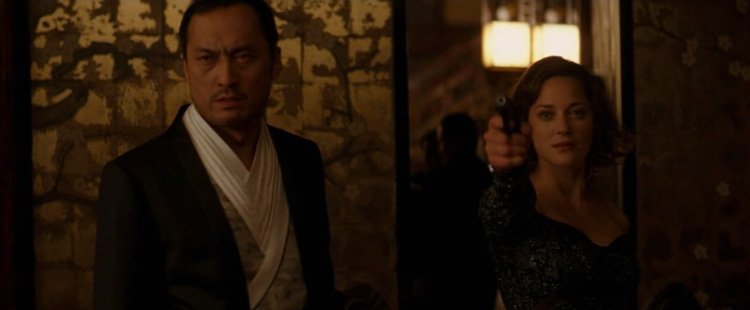
Due to his intolerable guilt, Cobb’s subconscious consists of stages, each of them representing a specific memory. These are mostly memories of the situations that haunt him and of decisions that he regrets. He keeps Mal locked deep inside of his subconscious in order to keep her alive, although he knows that she is not really his wife, but rather his projection of her. When Ariadne asks Cobb why is it so important for him to dream, he replies: ”In my dreams, we’re still together”, indicating that he constantly keeps reliving the moments spent with Mal through his dreams. The projection of Mal represents his greatest fortune, as well as his greatest loss. In the real world, Saito represents the only hope for him coming back home to his children, but also his greatest risk. Thus, Saito is seemingly a projection of Mal in the real world. This is suggested in the way Saito and Mal talk to Cobb.
Similar Read to Inception (2010): Christopher Nolan Always Uses These 5 Things in His Films
If you pay close attention, you will notice that they frequently use similar phrases. For instance, when Saito is shot on the first level of the dream, Cobb tells him that he will most likely grow old in limbo and Saito replies: ”No, I’ll come back… And we will be young men together again”. This phrase bears significant resemblance to those Mal uses in order to convince Cobb to keep living in a dream, such as ”Stay here with me… So we can grow old together”. This presumed connection is confirmed with both Saito and Mal asking Cobb to ‘take a leap of faith’. While trying to convince him to accept the job, Saito says: ”Do you want to take a leap of faith? Or become an old man filled with regret, waiting to die alone?”. Mal says ”I’m asking you to take a leap of faith” (to jump with her) before ultimately jumping off the ledge of the window and killing herself.
2. The children in Inception
Throughout the movie, Cobb and Mal’s children appear as projections of Cobb’s subconscious mind. They always appear in exactly the same position and exactly the same clothes in which Cobb last saw them. At the end of the movie, Cobb wakes up on a plane and comes back home to his children.
Similar Read to Inception (2010): Leonardo DiCaprio New Movies: What’s Next For The Megastar
Yet we can see the top spinning on a table, suggesting that Cobb hasn’t woken up from his dream. The fact that his children are again shown in the exact same position as in the scene when Cobb last saw them and are wearing the exact same clothes quite possibly confirms the theory that Cobb is, in fact, still dreaming.
3. The Use of Song “Je ne regrette rien” in Inception
Throughout the movie, Cobb’s team always uses the same song as a warning that the kick is coming – Edith Piaf’s Je ne regrette rien. They always play the same part of the song –”Non, rien de rien, non, je ne regrette rien”, which means ”No, absolutely nothing, no, I regret nothing”. This represents an obvious paradox, as the most dominant emotion in this movie is regret (Cobb’s regret, to be more specific).
Related Read to Inception (2010): The 10 Best Leonardo DiCaprio Movie Performances
Cobb’s greatest regret is planting an idea in Mal’s mind, as that very same idea ultimately drove her to commit suicide (unintentionally). His other greatest regret would be spending the rest of his life without being able to return home to his children. In addition, Marion Cotillard, who plays the role of Mal, also portrayed Edith Piaf in the movie La Vie en Rose (2007).
4. “Inception” is an allegory to film-making
Nolan himself admitted that he based the ‘Dream team’ characters’ roles on the roles of filmmaking crew. When you think about it, it’s actually pretty obvious. In Inception (2010), Cobb is the director – he is the one leading the entire mission. Arthur is the producer – he is in charge of organizing the entire operation. Eames, ‘the forger’, is the actor – he has the ability of physical transformation, as well as impersonation. Ariadne, ‘the architect’, represents the screenwriter – she designs the dream (the film) out of her imagination. Yusuf is the person in charge of special effects – he takes care of the technology in order for the project to be successful. Saito is the one who funds the project. And finally, Robert represents the audience, every spectator of the film – the person a particular idea is being planted into.
5. Is the entire movie “Inception” a dream?
When Cobb explains the nature of dreams to Ariadne, he says that while we’re dreaming everything seems logical; ”…it’s only after we wake up that we realize something was strange”. Well, there are many details in the movie that don’t really add up. Perhaps the best example is Mal’s suicide. Why would Mal go to the room in a building across her and Cobb’s room in order to jump off the ledge? Moreover, when Cobb tells her to step back inside, he motions for her to come into their room (the room in which he is currently standing), which would be completely impossible at that moment considering that she is sitting on a window of a building across the street. Cobb also stresses the fact that we never remember the beginning of the dream; we just find ourselves somewhere, with no recollection of how we got there. Inception (2010) begins with Cobb being washed on a shore (the limbo) and brought to the old man (Saito) by his men.
Related Read to Inception (2010): Every Christopher Nolan Film Ranked
The conversation between the two of them is interrupted by the scene in which Cobb and Arthur explain ‘the extraction’ to Saito. We soon realize that this is actually a dream, more precisely ‘a dream within a dream’. After they wake up, Saito offers a job of inception to Cobb, and thus the mission begins. So basically, the beginning of “Inception” is seemingly an ending. The only problem is, there is no transition from the scene at the end in which the dream collapses and the opening scene, which is then shown again. The point is, in the opening scene we are thrown in the middle of everything (the middle of dream), and even the above-mentioned scene at the end which logically precedes the opening scene doesn’t explain how Cobb got there on the shore. Furthermore, the constant switching between past and present events is an allegory to sudden changes of scenes in dreams.


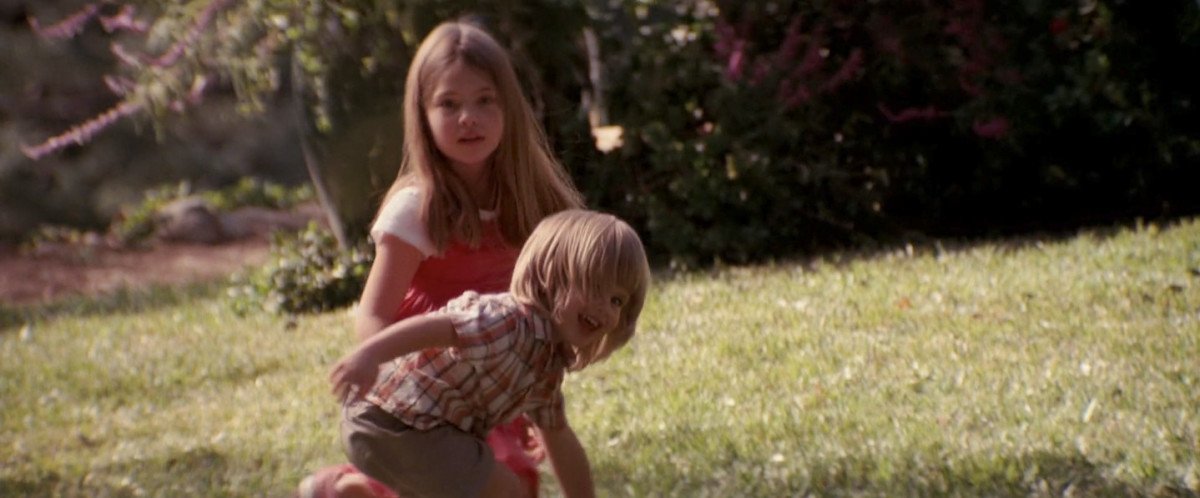
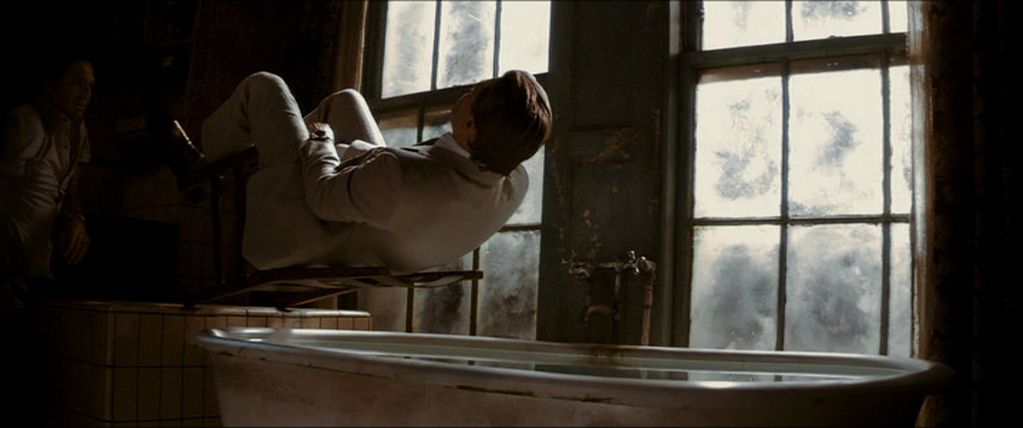
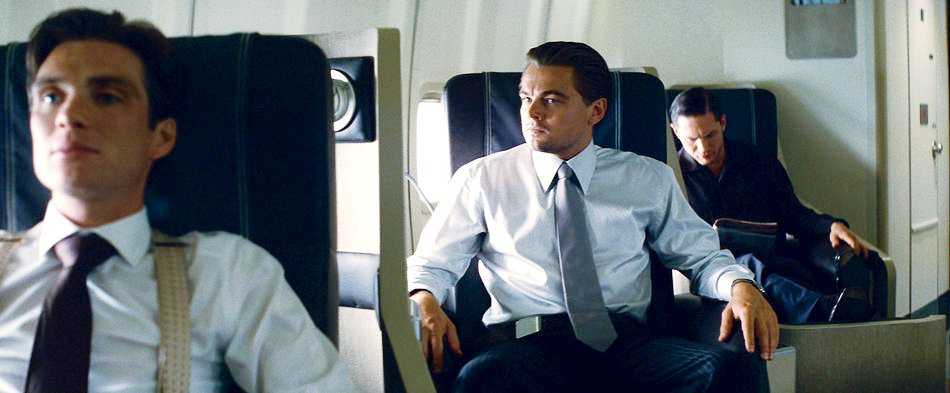
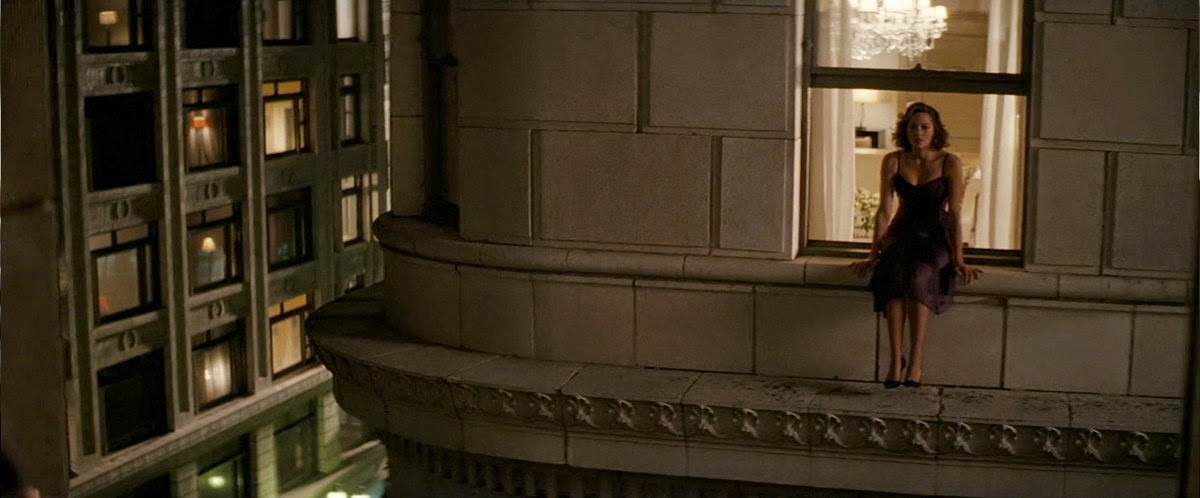


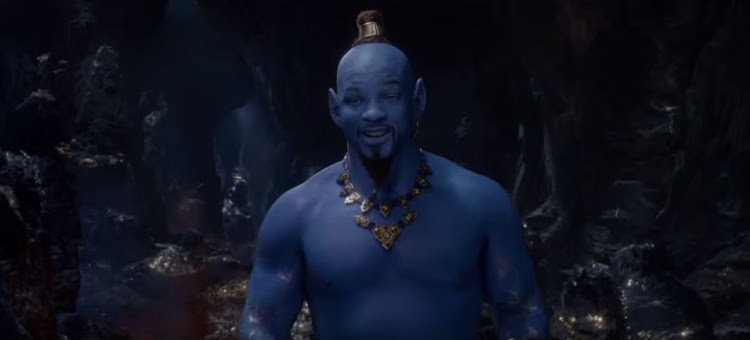

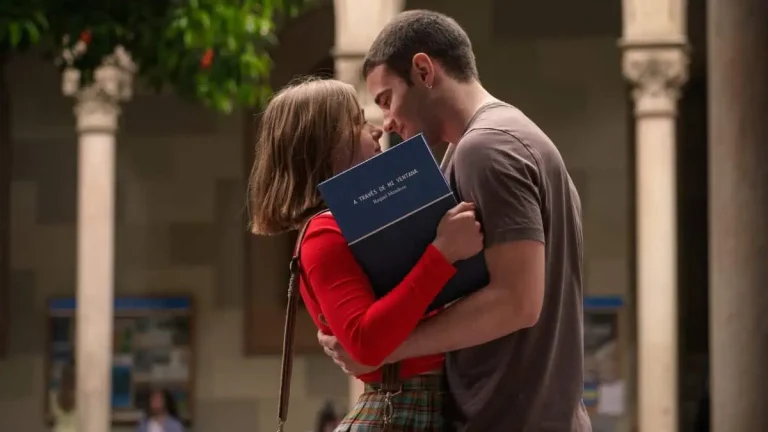
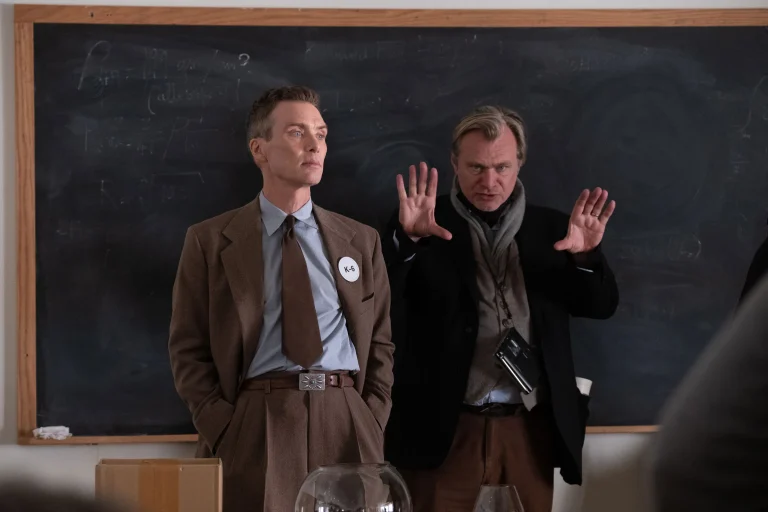
![The Social Network [2010]: Exaggerated, Dramatic but Brilliant](https://79468c92.delivery.rocketcdn.me/wp-content/uploads/2016/01/The-Social-Network-768x434.jpg)
